This short blog aims to demystify abrasives as there is a lot of jargon to get through. Jumping right into it, there are three main types of abrasives.
ALUMINIUM OXIDE
Aluminium Oxide also known as ALO or alumina is probably the most common abrasive and usually the cheapest. Usually, this abrasive is a reddish-brown colour. It is very versatile and is commonly used on aluminium, wood and other non-ferrous metals because these materials are difficult for most abrasives due to clogging. In terms of durability this type of abrasive lasts the shortest amount of time, but it also sands finer the longer you use it because the abrasives’ grain blunts over time. This can be a positive or a negative. The other benefit to this abrasive is that it has a large grit range from very coarse (Grit 36) to very fine (Grit 600).
ZIRCONIUM
Zirconium also known as zirconia or zircon is usually either blue or green in colour. It is primarily used for stainless steel and mild steel because as the grit wears it keeps a consistent finish and a more even finish. Zirconium can be cheap or expensive depending on how much zircon is in the abrasive and some abrasives have special coatings to help grind cooler and faster such as the MAGNUM Cooltop by Eisenblätter. Many manufacturers also use either a high percentage of aluminium oxide or pure aluminium oxide and paint it blue to demand a higher price which is very misleading. It is important to go with a reputable company. The grit range is generally coarse (grit 40) to fine (180 grit).
CERAMIC
Lastly, the ceramic abrasive is newer on the market and is made from heat treated ceramics making them hard and long lasting. This abrasive is generally red in colour and can be more expensive. It is best used on mild steel and stainless steels. The other marketed difference is that ceramics are “self-sharpening” in reality many zirconia abrasives are also “self-sharpening”. This means that as the abrasive grains wear down, they break down in a way which exposes new sharp grain. Basically, fast removal and cutting until the end of the life of the disc. The grit range is from 24 grit (very coarse) to 120 grit (fine). An example of a ceramic abrasive would be the COLDSTEEL Fibre discs.
To sum up these are the most common types of abrasive and it shows that there are many intricacies in abrasive discs. Does this one have a grinding agent? Is this one actually zirconia? What kind of finish am I after? Etc. If you would like some assistance in choosing the right disc for you, please do not hesitate to give us a ring or chat through email.


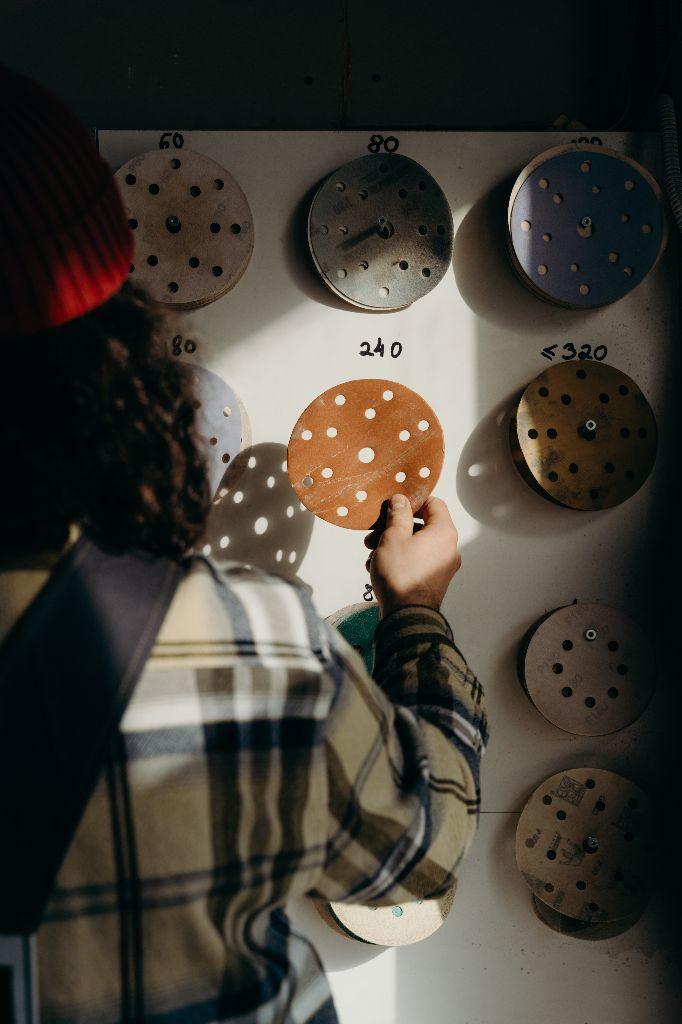
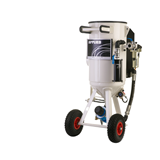

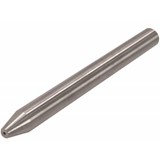



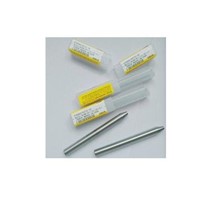
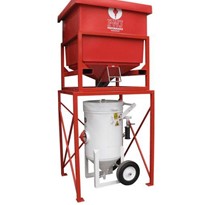


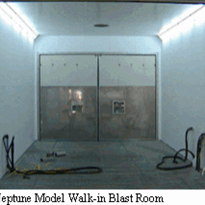

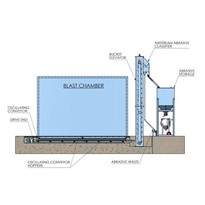
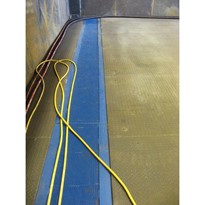


-205x205.jpg)